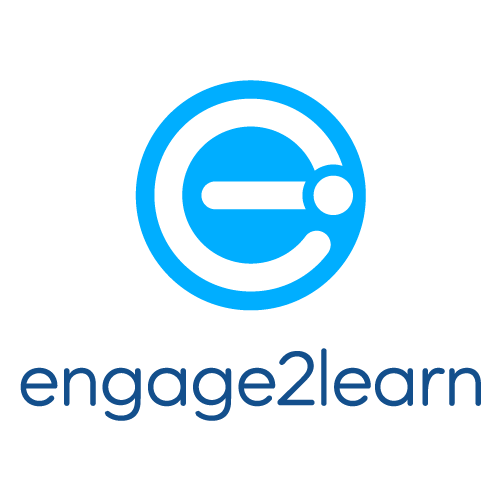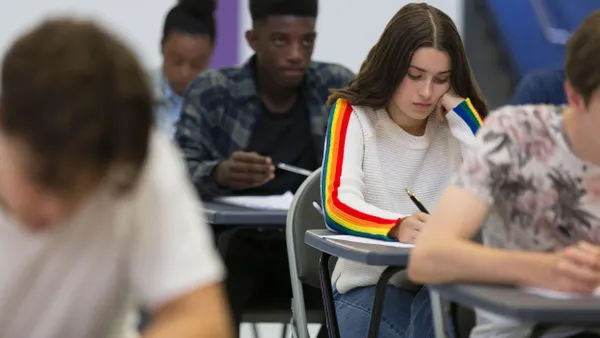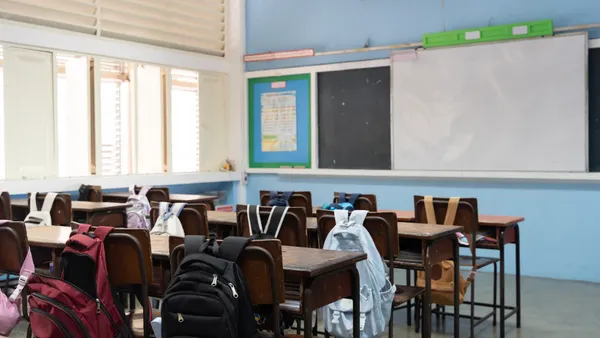Terra Tarango is director of the Van Andel Institute for Education, an education nonprofit that strives to empower teachers and build classrooms where curiosity, creativity and critical thinking thrive.
The end of the school year always brings that “so much to do, so little time” wave of anxiety. And with all the COVID disruptions to instructional time this year, that wave feels like a tsunami! As we look to close out the year and determine what students have and have not learned, I encourage you to lean less on standardized tests and lean more on what your students show you in the classroom day in and day out.
First, give yourself permission to let some content go. Not all standards are created equal. To help you determine which content standards are most critical, and most worthy of spending your final instructional hours on, here’s a Standards Scoring Sheet that can help. You can identify your power standards by scoring each standard on a scale of 1-5 in the following categories.
-
Building block: How much future learning is dependent on this standard?
-
Cross-curricular utility: How applicable is this standard across content areas?
-
Higher level thinking: What depth of thinking does this standard require?
Once you’ve identified the standards you feel are most important for your students’ long-term success, explore a variety of ways to assess their understanding of those key skills. Though pen-and-paper examinations are certainly useful, alternative assessments can encourage students to exercise their creativity and critical thinking and give you greater insights into what students do and do not know.
Here are five alternative assessments to paper-and-pencil tests:
-
Five-word challenge: Challenge students to summarize their learning in five words or less (can be on video or on paper or via another mode of communication). See it in action (30-second video) with students sharing what they learned about food webs in five words (more or less).
-
Stars and Stairs: Challenge students to use the Stars and Stairs graphic organizer to track their progress against a particular learning objective or goal. It promotes student ownership of learning and provides a quick visual of progress. It's great for sharing with parents and administrators, as well.
-
Present and defend: Have students share their work and defend their claim in response to constructive feedback. Recently, our students conducted an energy audit of their home and identified places where energy efficiency could be improved. They then presented possible improvements to the home to help save energy, and the audience (their peers) asked clarifying questions and respectfully supported or challenged their argument. This protocol allowed me to see how each student responded to challenges and how deep their understanding of the topic really went.
-
Journaling: Journals give insight into the process of learning and can help you identify where in the process there may be a break in understanding. During our last project-based learning unit, we always concluded the lesson by having students write down what they learned, as well as any questions or wonderings about the content. These reflection journals became a grounding aspect in their learning and an opportunity to apply metacognition skills and support student construction of meaning.
-
Three strikes, you’re in!: Track student progress against specific power standards or goals by logging three consecutive examples of mastery. This tool allows you to focus on your most critical learning objectives and to ensure each student succeeds.
Finishing Strong
There isn’t much time left in the school year, but teachers can still spark student engagement simply by changing the way they assess their learning. We owe it to them (and ourselves) to explore new ideas and make this last semester one to remember.












